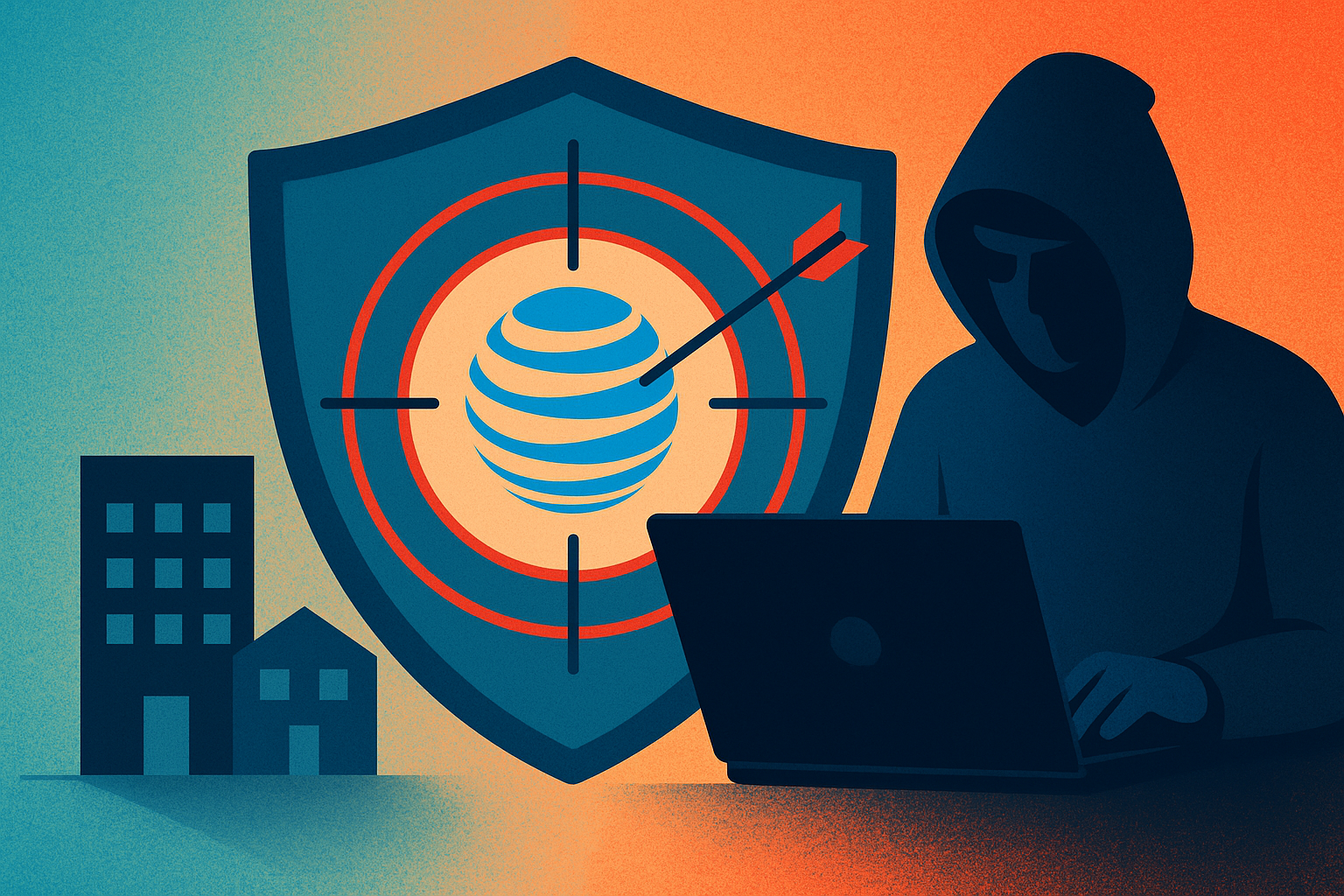What the AT&T Breach Teaches Us: Why No Business Is Too Big or Small to Be Targeted
In one of the largest data exposures in recent years, a dataset containing information on over 86 million AT&T customer records was leaked and posted on a criminal forum. The data included names, birthdates, contact details, and over 44 million Social Security numbers. While AT&T initially stated there was no evidence of a direct breach of their systems, the incident underscores a broader point: cybersecurity risk is not confined to enterprise giants.
This breach provides important lessons for organizations of all sizes. Whether you're a global telecom provider or a regional firm managing customer data, the same principles apply. Safeguarding sensitive information requires constant diligence, clear policies, and real-time visibility into your systems.
1. Third-Party Access Is a Shared Responsibility
Although AT&T may not have been directly breached, the leaked data appears to have originated from a third party with access to their systems. This highlights the importance of vetting vendors, managing access controls, and maintaining visibility into external integrations.
Key takeaway:
Third-party risk should be treated as seriously as internal security. Vendor assessments, access limitations, and contractual obligations for breach notification are foundational safeguards.
2. Attackers Prioritize Opportunity Over Size
Cybercriminals frequently use automated scanning tools to identify vulnerabilities, not to assess the size or brand of a target. While the AT&T breach made headlines due to its scale, smaller businesses are often more vulnerable due to limited security resources and less formalized controls.
Key takeaway:
Smaller organizations shouldn’t assume obscurity is protection. Risk exposure comes from the value of the data you hold—not how well-known your company is.
3. Long-Term Data Exposure Is a Silent Threat
Reports suggest this data may have been exposed for years before it was discovered. This is not uncommon. Many organizations don’t know they've been breached until the data appears in a public or criminal marketplace.
Key takeaway:
Having the ability to detect, respond to, and investigate anomalies in real time is critical. Without continuous monitoring and endpoint visibility, security teams are often unaware of active or historical compromise.
4. Prevention Is Multi-Layered, Not One-Time
This incident reinforces that cybersecurity isn’t a checklist. It's an ongoing discipline that requires layered defenses: policy, training, monitoring, and response capabilities.
Practical recommendations:
-
Conduct regular audits of third-party vendors and cloud integrations.
-
Limit access by default and segment sensitive systems.
-
Implement clear AI and data usage policies across departments.
-
Ensure you have real-time monitoring and incident response procedures in place.
Breaches like the one involving AT&T are not rare exceptions—they are indicators of systemic risk in an increasingly connected business environment. Every organization, regardless of size or industry, should assess its exposure to similar risks and take proactive steps to mitigate them.
Security isn’t about reacting to headlines. It’s about preparing before your organization becomes one.

